Archive
2021
KubaParis
Fake Quotes and Sitting Ducks
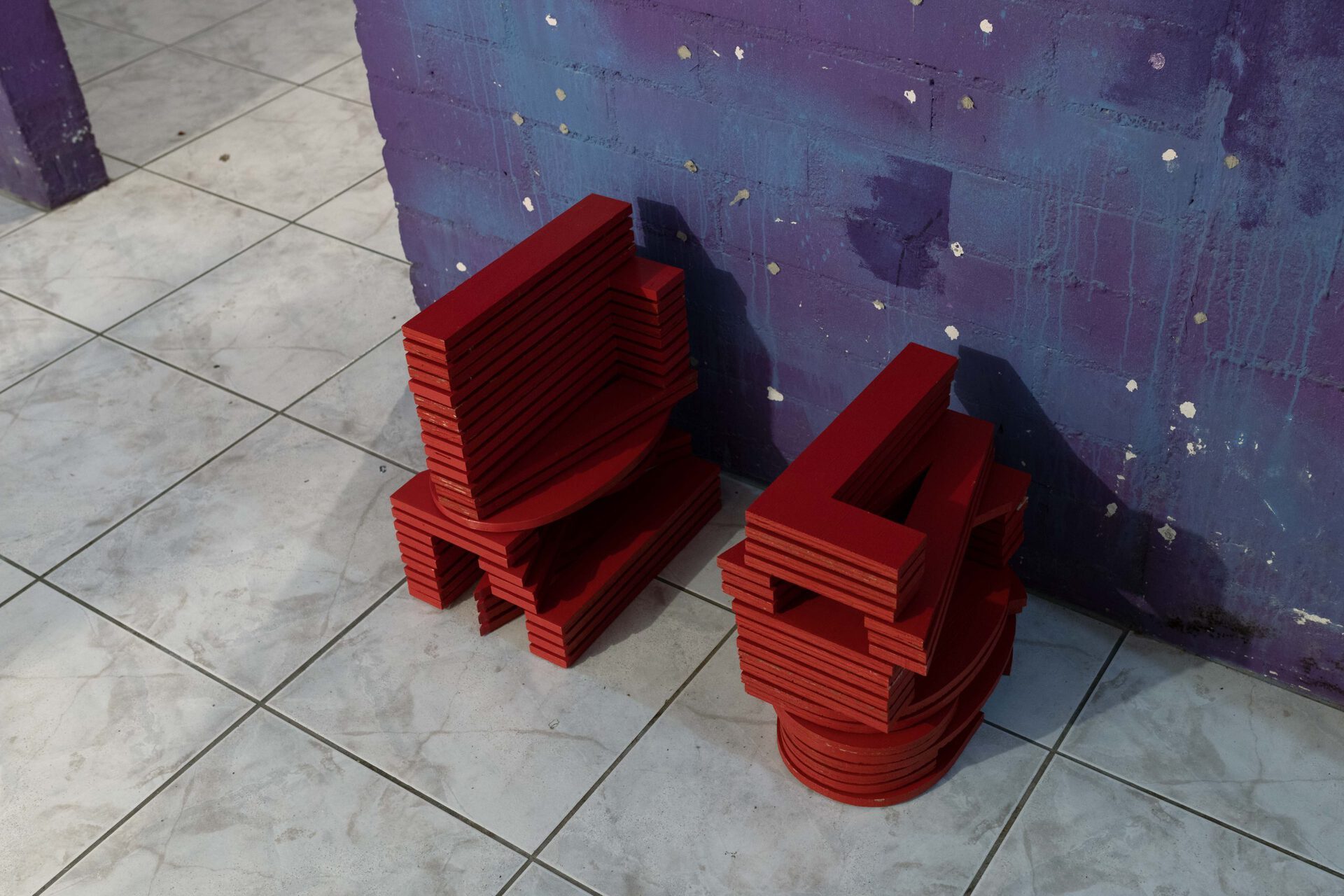



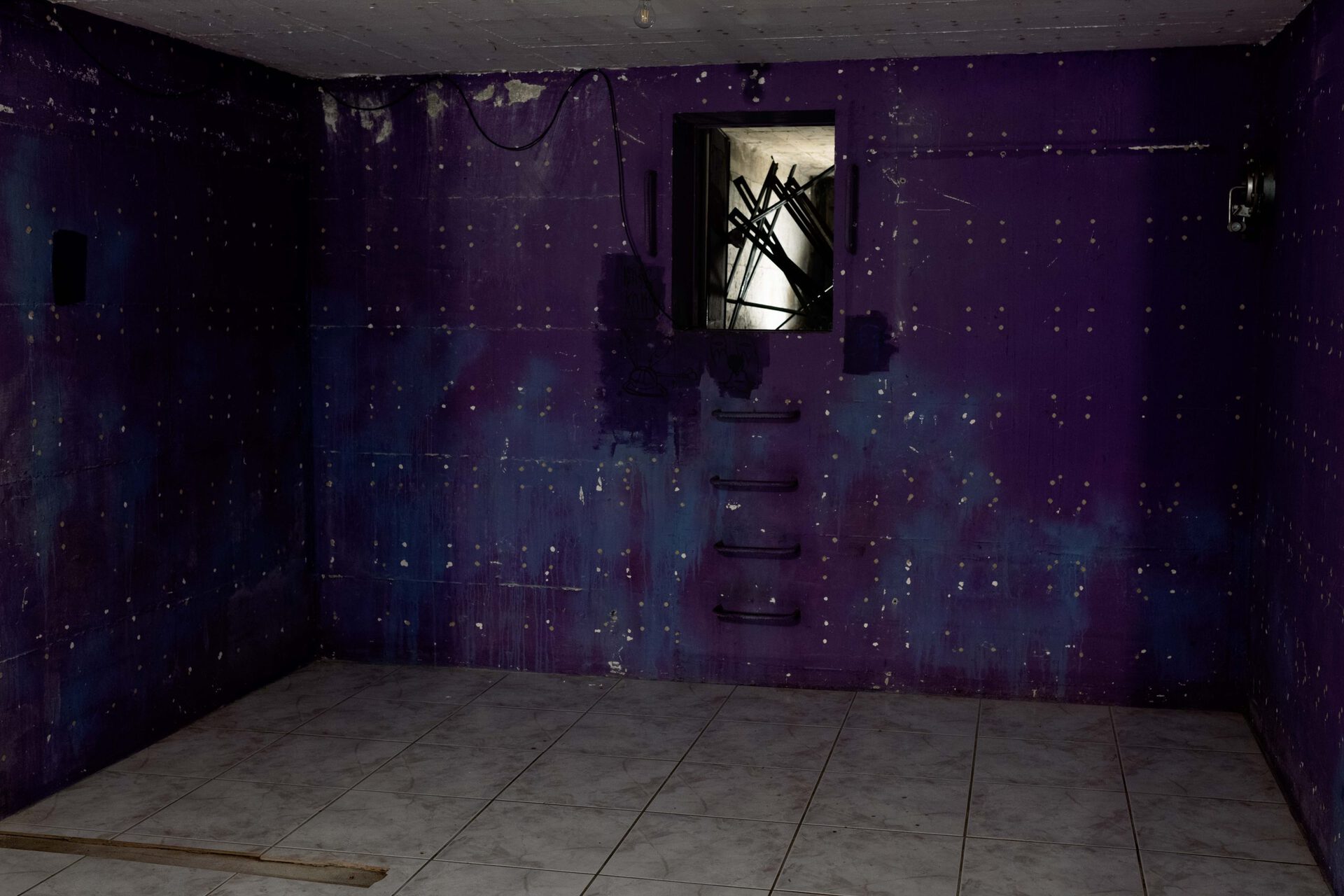

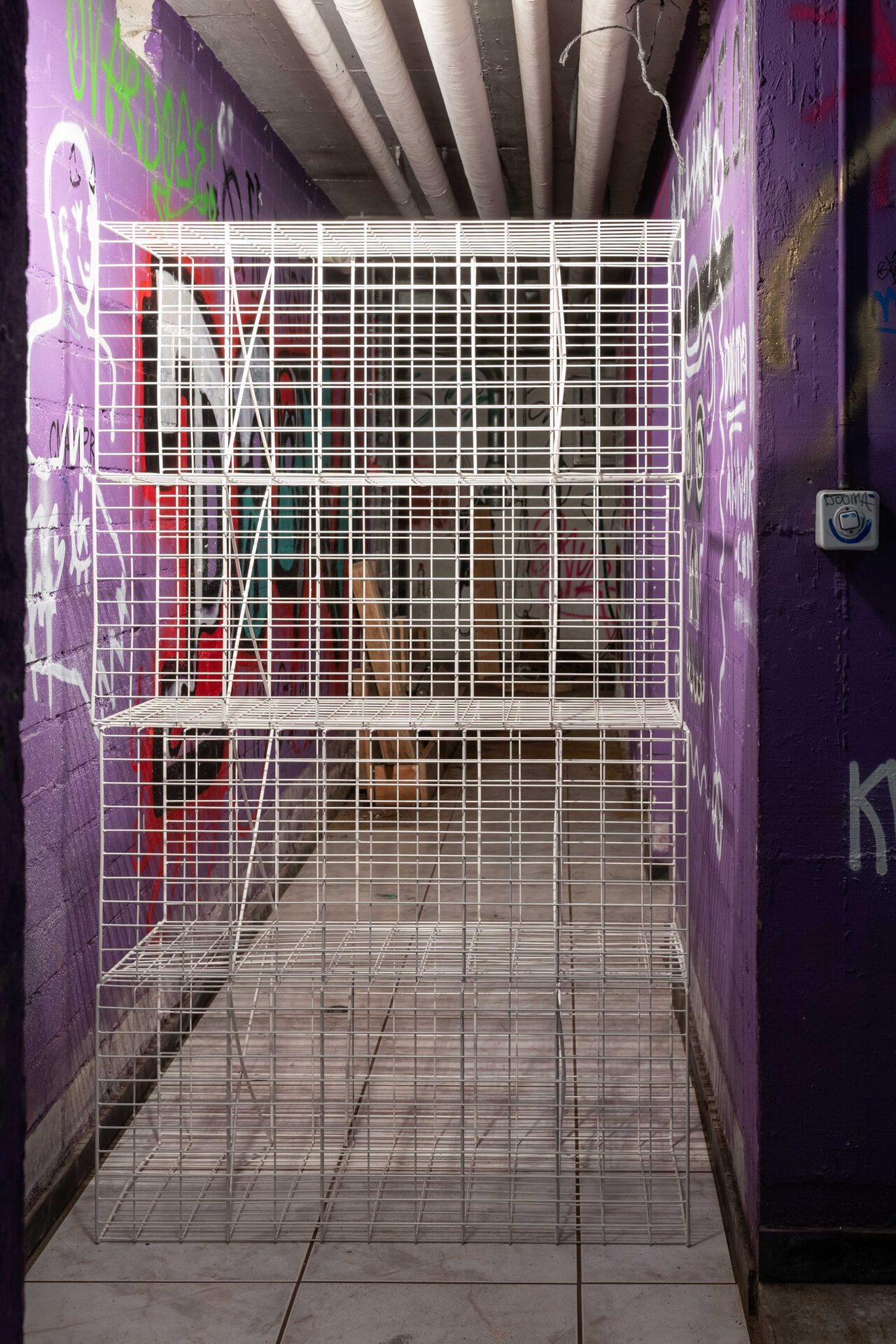
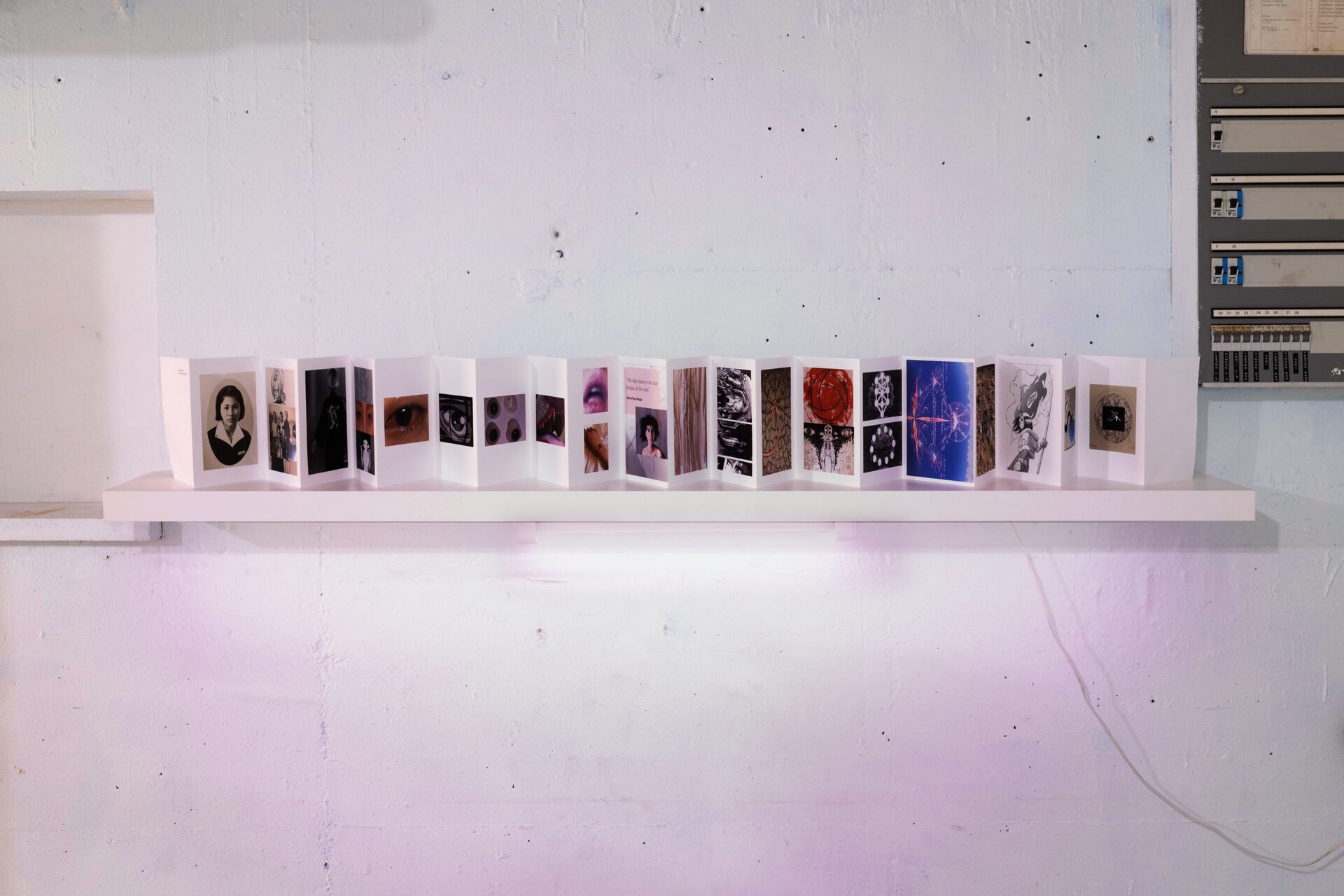





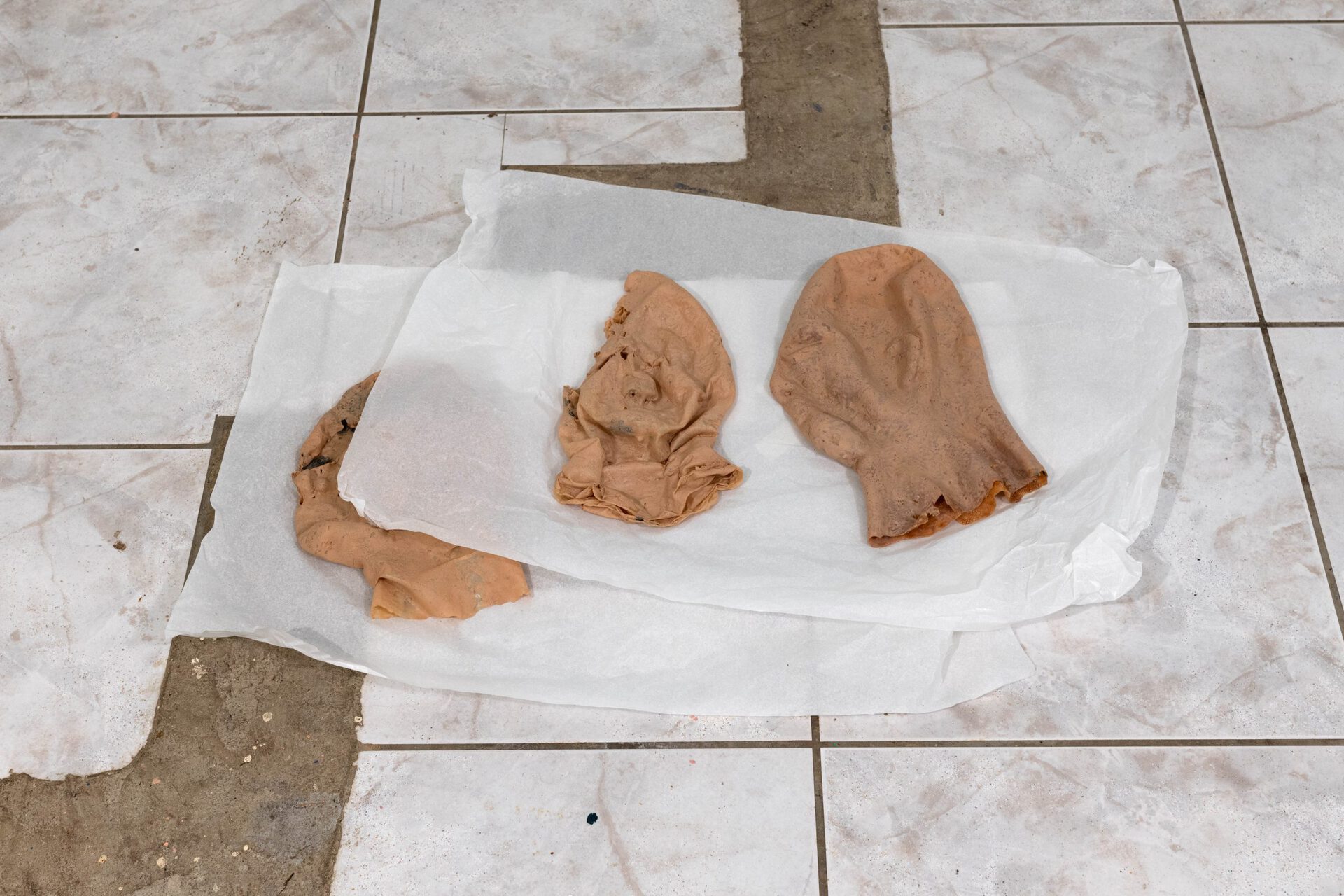
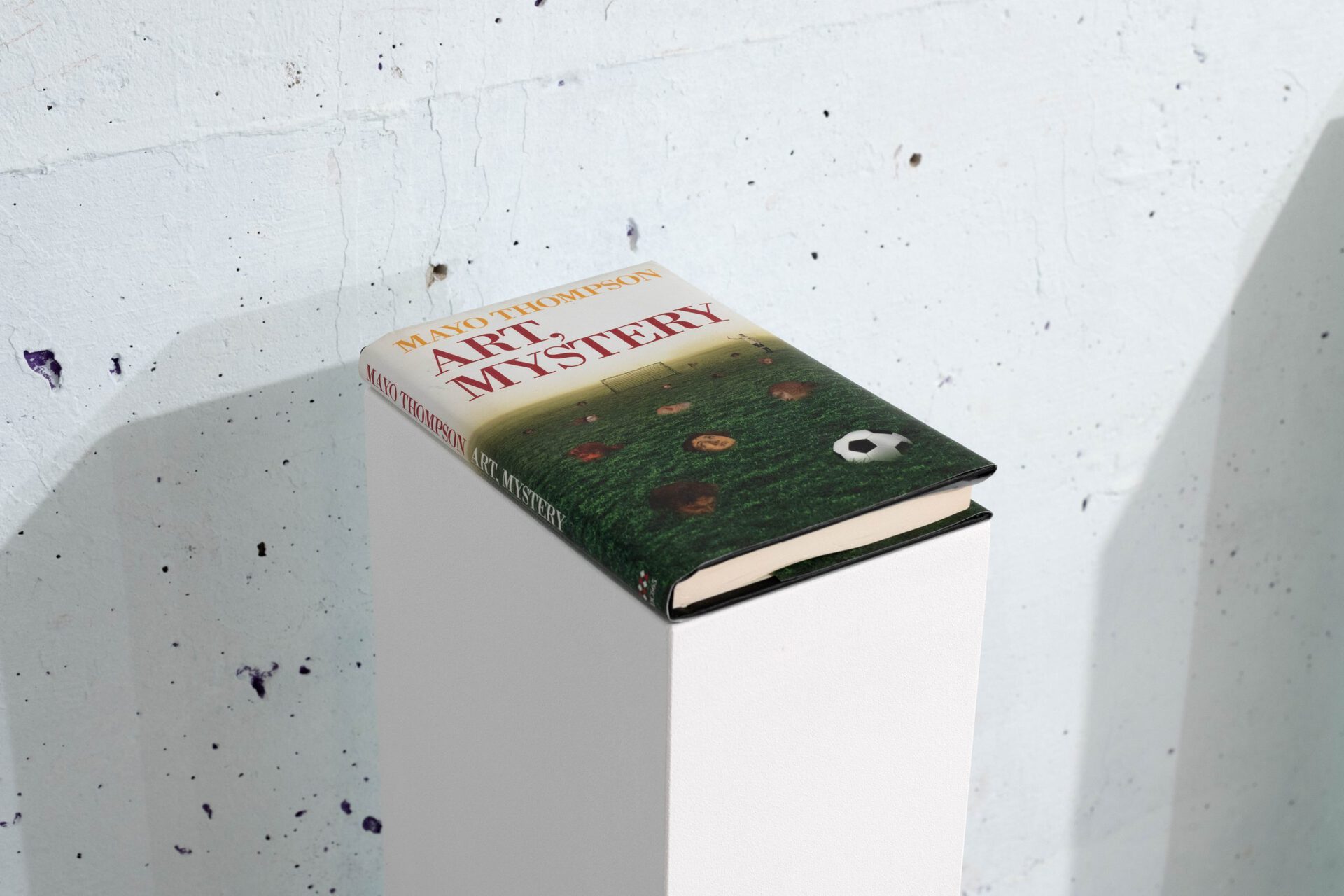
![Übersee (Sereina Steinemann & Arne Scheuermann), Kunsthaus Langenthal [aus der Reihe Interieurs/Infrastrukturen], 2011](https://backend.kubaparis.com/assets/archive/2021/08/fake-quotes-and-sitting-ducks/32-Uebersee-Kunsthaus-Langenthal-scaled.jpg?v=1658239001)


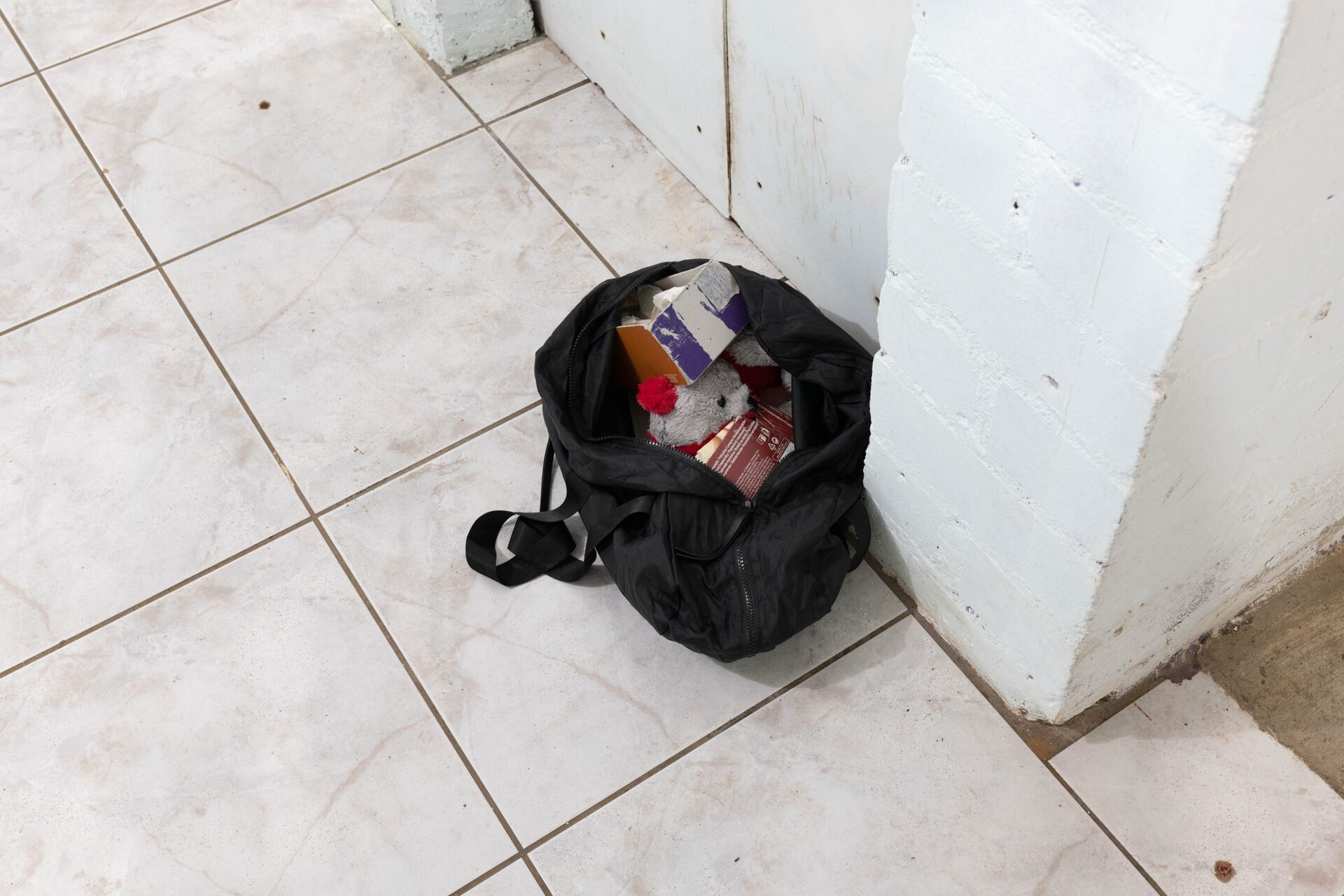
Location
MAL:MALDate
23.07 –20.08.2021Curator
Caspar Danuser, Simon Fahrni, Selina Lutz, Vinzenz MeynerPhotography
Flavio KarrerSubheadline
4th Existence / Carmen Tobler, Cédric Eisenring & Luca Beeler / Daniel Kurth / Doris Dehan Son / Florine Leoni / Hans-Christian Dany / Harriet Burden / Ivan Mitrovic / Jack Pryce / Jan van Oordt / Nina Rieben / Raffael Dörig / Riccardo Lisi / Übersee (Sereina Steinemann & Arne Scheuermann) / Seth Siegelaub / Valentina Triet / Yamu WangText
The house on Lagerweg is said to have once been a brothel. The traces are still visible in some places. The private club of the brothel was located in these rooms in the basement. Currently the house is occupied by Denk:mal, the autonomous school in Bern. There are said to have been parties in these rooms in the basement even after the brothel closed. They were organised by a young curator, who also used the space for exhibitions under the name mal:mal for four years. Underground art is original in its burning nature and curators are only ghosts.
Daniel Kurth
Letters (Module), 2021
The handmade letters are produced according to need and can be used as modular elements. While the font of the traffic signs of American highways is used, the red colour is borrowed from the prevailing aesthetics of classic fairground stalls. Kurth usually uses the letters to depict multilingual fragments of spontaneously collected (life) wisdom, aphorisms and tautologies, which often refer directly or indirectly to temporal and economic concepts. Here in the exhibition, no sentence could be built and they remain stacked so that everyone can make their own rhyme out of them.
Nina Rieben
Nina Rieben*1992, CH, 2018
The coat apparently shows her artistic CV.
Jan van Oordt
Garten der Wege, 2020
Jan van Oordt had a photo film roll developed via a website in Germany. He found it a little unsettling and exciting at the same time to feed the pictures into this anonymous
online machine and then wait for the result to be sent by post. Van Oordt received an equally anonymous package with six identical slides from England. The content of the pictures was unknown to van Oordt, because they were not his photographs. The image was visually appealing and van Oordt had classified them in the subject of strange coincidences with other Sitting Ducks; as a possible starting point for a work. Here he shows the slide in an unaltered form.
4th Existence
Into the Pit, 2019
In the Into the Pit exhibition organised by 4th Existence in 2019, the two artists/curators Ilaria Vinci and Gabriele Garavaglia showed a video of musician, artist and singer Marilyn Manson in an interview situation. Vinci and Garavaglia manipulated the video so that only Marilyn Manson was in the picture, while the interviewers were left out. In the exhibition communication, however, Manson‘s name appeared as the author of the work.
Riccardo Lisi
Absturzsicherung waagerecht im Traum, 2021
Only a few people know that the curator Riccardo Lisi also has an artistic practice. As a child, he often had dreams of falling into a hole or simply into the abyss. The wooden construction had been installed in a makeshift, succinct manner, in a performative act. In contrast to his curatorial practice, he likes to reveal intimate details as an artist. In the exhibition space, that which represents the fear of falling into a hole becomes the only glimmer of hope of getting out of this hole/this exhibition.
Valentina Triet
Short piece on refusal, disloyalty and resistance, 2019
Diana Bulzan writes the text and Valentina Triet does the graphics. They discuss the content of the text together. The idea is to create a space for dialogue and learning outside the academic and institutional spheres. Pop culture, art, language as well as other practices that shape contemporary lifestyles are to be addressed in relation to their political potential.
Florine Leoni
En garde, 2014/2021
The four lattice elements are actually seats for viewing the video work En garde from 2014. Through their specific form, they were clearly part of the artistic work, and due to the habit of wanting to sit down to watch a longer video work, they were also part of the functional curatorial setting. Here, stacked on top of each other, they are staged detached from their former function as objects, albeit with a new function as a barrier for the inaccessible part of the rooms.
Doris Dehan Son
A Performing Archive in a Different Light, 2021
In the leporello 10 Extractet Thougts, Dehan combines a portrait of her mother when she came to Switzerland with screenshots from web research on bio-science, with collages of mangas and excerpts of her self-portrait. The collection of images represents a scan of her thoughts. The pink-tinted fluorescent tube refers to a past curatorial work.
Hans-Christian Dany
MA-1, 2021
Hans-Christian Dany sees himself as an artist, but what he does has not been exhibited for years. It‘s just notebooks and the occa- sional text or the odd exhibition. That this jacket actually constituted a work was only an assertion. This jacket is just like a MA-1 bomber jacket about which Dany wrote a book. Actually, this jacket is his personal, indeed favourite jacket, in which he also wrote the aforementioned book.
Raffael Dörig
Bank Nr. 2 und 3 (Die Basis), 2015
The benches were created as part of a curatorial and artistic experiment at Kunsthaus Langenthal on questions of collaboration, collectivity and authorship with a large group of artists. Built almost incidentally from scraps of wood, but never picked up by the artists. Thus they gradually became part of the inventory and found their way back into the exhibition space as seating during video presentations. In Langenthal only as furniture, but here finally as what they originally were, as a work of art.
Yamu Wang
Zwitserland, 2021
The 17 pictures show objects that were selected at Yamu Wang‘s request by 17 artists from Taiwan as representations for Switzerland. Many reportedly found this task difficult. According to Yamu Wang, whether these objects really represent Switzerland can be answered either with «Yes but...» or «No but...». She gave the curators of this exhibition the task of finding an 18th object that would react to the 17 others. They reportedly had a hard time with this task too. By outsourcing the materialisation of the curatorial selection, she plays with the constant blurring of roles.
See the attached mail exchange between Yamu Wang and the curators
Harriet Burden
Confidence Trickster, Mask I (Anton Tish), Mask II (Phines Q. Eldrige), Mask III (Rune), 1985
By creating three male masks of artists who have shown artworks by the artist under their male names, the artist exposes gender inequality in the art world. As Burden is convinced that we mostly see what we expect to see, and that it is crucial to see whether «a tail and some balls can be made out» behind a work of art or any kind of cultural production in general, she launches her project Maskings. In the process, she pacts with three more or less well-known younger artists who present Burden‘s works in public under their own names and thus experience success and recognition that she herself longed for and was denied.
Jack Pryce
11 Books Recommended By the Artist, 2021
The artist Jack Pryce has selected eleven books from his collection and had a unique pedestals built for each one. Now he is showing the books on the pedestals in the exhibition Fake Quotes and Sitting Ducks. Pryce‘s artistic practice transforms his personal and private inventory – clothes, books, records, artworks and much more. – into readymades. In his installations, the readymades combined with each other develop their effect in terms of content. The books function in three ways here in the exhibition: as (hall) text, as commentary or as reference.
Übersee (Sereina Steinemann & Arne Scheuermann)
Kunsthaus Langenthal [aus der Reihe Interieurs/Infrastrukturen], 2011
A few years ago, the Übersee collective reacted to the interior of the Kunsthaus Langenthal by means of 12 interventions. Without on-site instructions, duplicated switch boxes, fictitious signs and stickers, additional power strips, veneer panels, wooden discs and magnetic boards were installed. This one switch box had until recently, without the knowledge of the Kunsthaus and its team, still been mounted and was more or less secretly loaned for this exhibition.
Carmen Tobler, Cédric Eisenring & Luca Beeler
Nacht und Tag im Taubenschlag Nr. 2, 2021
The little house was part of an installative scenography developed especially for an exhibition about children‘s books and children‘s music of the 1970s by the book designer Carmen Tobler, the curator Luca Beeler and the artist Cédric Eisenring. After the exhibition, what had only served as a dispositif for the books on display had been converted into the doll‘s house of the curator‘s daughter and now into a work for this exhibition.
Seth Siegelaub
The Artist‘s Reserved Rights Transfer and Sale Agreement (also known as the Artist‘s Contract), 1971
In 1971, Seth Siegelaub - art dealer, curator, publisher and author - drafted the contract paper The Artist‘s Reserved Rights Transfer and Sale Agreement with the lawyer Robert Projansky. At the core of the idea of fair artist compensation was the influence of the artist on the future use of the artwork and the financial participation of artists and galleries in the profits of resales on the secondary market. The contract was exhibited in 1998 at the Salzburg Kunstverein, as well as in 2014 at the Essex Street Gallery, New York. As a conceptual twist in the context of an exhibition project, the contract found acceptance, but not in the day-to-day business of the art market. Siegelaub‘s real political concern had thus become a conceptual work of art.
Ivan Mitrovic
Private Gallery, 2011
This bag contains works by Olaf Breuning, Pascal Danz, Urs Fischer, Tobias Kaspar, Klara Lidén, Marina Pinsky and Laure Prouvost.
Artists and curators unconsciously do the same thing. They pick up something, articulate it in their language and contextualise it in their own way. Actions are often both, artistic and curatorial. The permeability is particularly evident when the two actors cooperate or collaborate. The diffuse results are appropriations, works, props and intervention. Many of the exhibits in the exhibition are objects and contributions that were not created as works to be exhibited. But only in the multiple reinterpretations, by the curators or artists, by us or by others.
Caspar Danuser, Simon Fahrni, Selina Lutz, Vinzenz Meyner